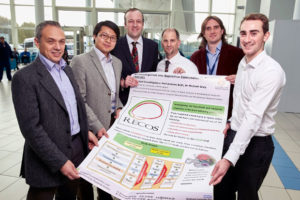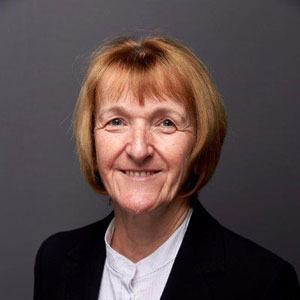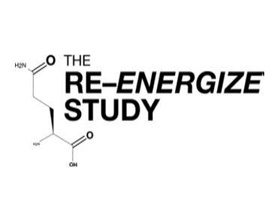Research at Queen Elizabeth Hospital Birmingham (QEHB) has shown that blue light could be an effective weapon to combat healthcare-acquired infections (HAI).
Laboratory tests on 34 different bugs which have been implicated in hospital infections showed that all could be killed or dramatically reduced by exposure to blue light for as little as 15-30 minutes.
The research was carried out by clinical scientist Miss Fenella Halstead, at the QEHB-based NIHR Surgical Reconstruction and Microbiology Research Centre, and her colleague Dr Jo Thwaite, at the Defence Science and Technology Laboratory (Dstl) at Porton Down, Wiltshire.
Their findings have been published in the journal Applied and Environmental Microbiology and offer hope that blue light could be used to treat patients with infected wounds as well as to decontaminate healthcare environments.
“Antimicrobial resistance (AMR) is rapidly evolving and poses a big threat to modern medicine,” said Miss Halstead.
“Although only affecting a minority of admissions, HAIs are associated with increased mortality, prolonged hospital stays and increased treatment costs.
“With the rise in resistance to antibiotics, there is a significant threat of infections becoming wholly untreatable with current practice.
“Much research is now focused on alternatives to the conventional antimicrobial agents and since the environment is a key source of infection, there has also been renewed focus on hospital cleaning and disinfection, including antimicrobial light sources.
“These novel strategies capable of decontaminating both the patient’s wound and the environment could be highly beneficial in the fight against AMR and HAIs.”
The researchers tested high-intensity blue light against bugs including Acinetobacter baumannii, Pseudomonas aeruginosa and Escherichia coli, both individually and as part of hard-to-shift biofilms.
The light proved highly effective at killing off the pathogens in both forms and tests on patients and in clinical environments are now being recommended.
“Our findings demonstrate that high-intensity blue light can be used to kill a wide range of clinical pathogens, not only in the planktonic state but also as mature biofilms,” added Miss Halstead.
“This technology has many practical applications within healthcare settings, as blue light may combat opportunistic infections indirectly by reducing the bacterial load on environmental surfaces and directly within wounds.”





